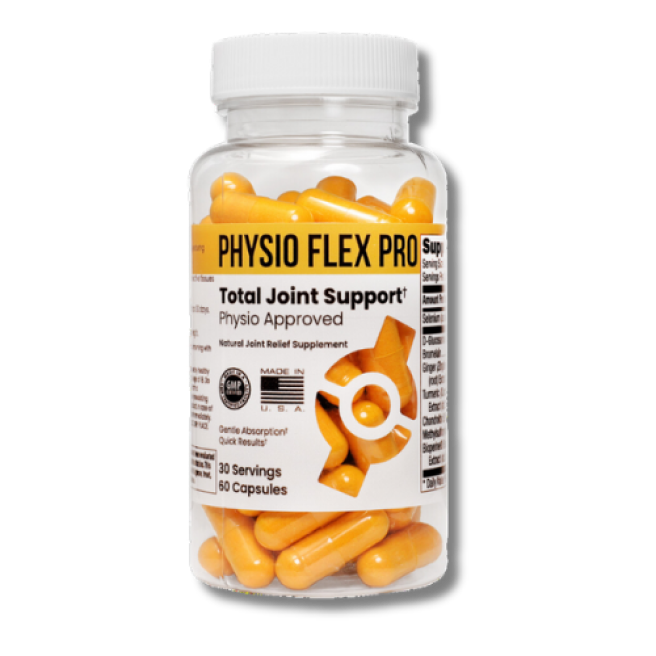Are your joints telling you something's not quite right? Whether you're an active gym-goer, a dedicated athlete, or spending long hours at your desk, joint inflammation can stop you in your tracks. Today, let's cut through the confusion about anti-inflammatory options and help you make an informed choice for your joint health.
Understanding Joint Inflammation: More Than Just Pain Joint inflammation isn't just about discomfort – it's your body's response to stress, strain, or injury. You might notice: • Morning stiffness that takes longer to shake off • Increased joint sensitivity during activities • Reduced range of motion in your workouts • Discomfort after long periods of sitting
But here's the real question: when inflammation strikes, should you reach for natural or synthetic solutions?
Natural Anti-Inflammatories: Nature's Approach Mother Nature has provided powerful anti-inflammatory compounds that have stood the test of time:
-
Turmeric (Curcumin) • Traditional use: Centuries of use in ancient medicine • How it works: Blocks inflammatory pathways naturally • Benefit: Supports long-term joint health without harsh side effects • Key fact: Requires proper absorption support (like BioPerine) for maximum effectiveness
-
Ginger Extract • Action: Natural cox-2 inhibitor (similar to some medications) • Benefit: Helps reduce joint discomfort while supporting digestive health • Plus: Can be safely used daily for prevention
-
Bromelain • Source: Derived from pineapple stems • Function: Breaks down inflammatory proteins • Advantage: Supports natural healing processes
Synthetic Anti-Inflammatories: The Medical Approach Over-the-counter options like NSAIDs offer: • Rapid pain relief • Predictable results • Measured dosing • Temporary inflammation reduction
The Real Comparison: What You Need to Know
[Comparison Chart]
| Factor | Natural | Synthetic |
|---|---|---|
| Speed of Action | Gradual (24-48 hours) | Quick (30-60 minutes) |
| Duration | Long-lasting with consistent use | Temporary relief |
| Side Effects | Minimal when properly sourced | Can impact stomach and liver |
| Prevention | Excellent for daily prevention | Not recommended for daily use |
| Cost Over Time | Initial investment, sustainable | Cheaper upfront, costs add up |
Making Your Choice: A Practical Guide
For Active Adults (45-65): • Best approach: Daily natural anti-inflammatories for prevention • When to use synthetic: During acute flare-ups • Pro tip: Combine with gentle morning stretches
For Athletes: • Primary strategy: Natural anti-inflammatories for recovery support • Synthetic role: During competition or intense training periods • Key focus: Prevention rather than reaction
For Desk Professionals: • Daily approach: Natural anti-inflammatories to combat sedentary effects • Synthetic use: When immediate relief is needed • Important: Combine with regular movement breaks
The Smart Approach: Prevention Over Reaction Think of joint health like maintaining your car – regular maintenance prevents breakdowns. Natural anti-inflammatories work best as part of your daily routine, preventing inflammation before it impacts your life. While synthetic options have their place for immediate relief, they're not a long-term solution.
Your Action Plan:
- Start with natural anti-inflammatories for daily prevention
- Keep synthetic options as backup for acute situations
- Listen to your body and adjust as needed
- Focus on consistent, long-term joint health
Remember: The best strategy isn't about choosing one over the other – it's about knowing when to use each option for optimal joint health.






